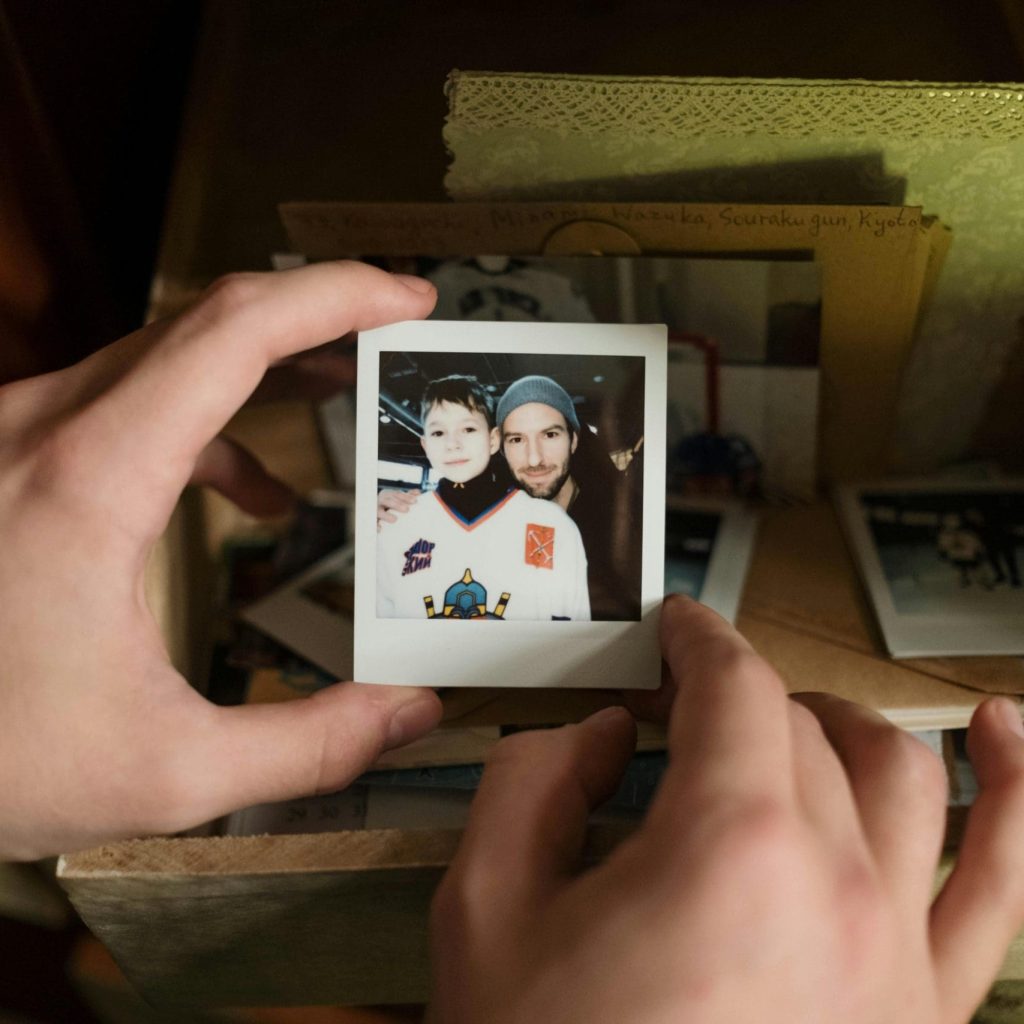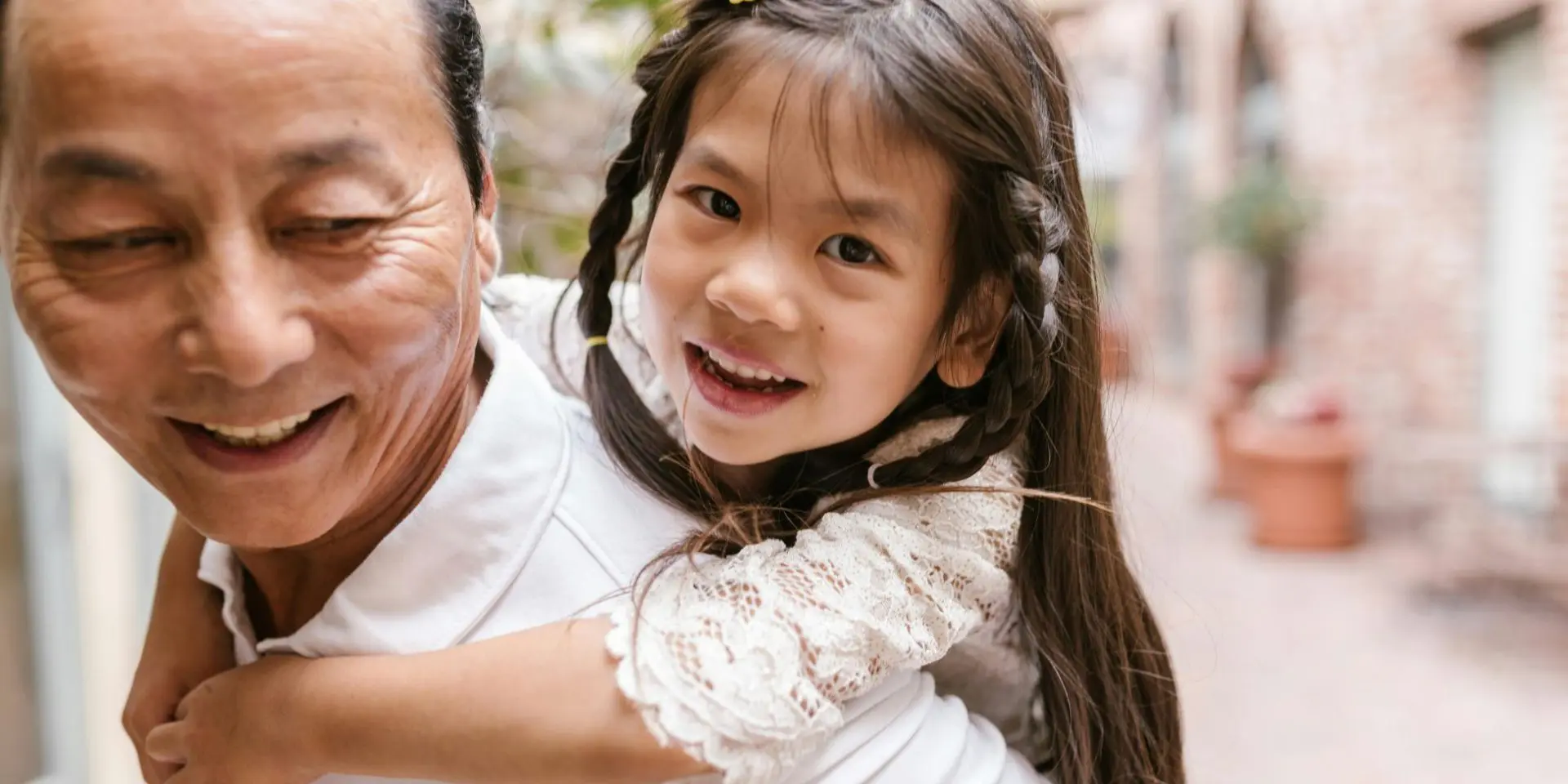When a child has no memories of someone who has died, it may feel complicated and difficult to think of ideas to help them feel connected. They may have no memories of their person because they were too young to remember them or never had the chance to meet them, but it’s important to acknowledge that their grief is still valid and there are lots of ways they can express their grief.
Children do not need memories of their own to begin forming a sense of who someone was and what they meant to others. Through simple, creative activities, you can help them learn about their person’s life and create their own connection to them.
Wishful Thinking
This activity is based around exploring what the child might already know about their person who died. Depending on their age and when their person died, talk to the young person about what they might think their person would be like now. What do they think they would be doing with them? What would they like to do with the person if they were still alive? You could start with these themes:
- Physical appearance. Are there any photos of the person? What did they look like then? What do you think they would look like now?
- Hobbies and interests. What would you have liked to do together? What were their favourite colours? What foods do you think they would like?
- Personality. Using memories from other people, find out about what their personality was like. Do you have any similarities or differences to them? Do you think they would be funny or silly? Do you think they would be kind or gentle?
- Future events. Are there things you wish they could do with the person who died? How could you include them in a special day?
To keep these ideas of wishful thinking, the child could draw pictures or write their ideas down. This is an activity that can be revisited many times as they grow older and learn more about their person and themselves. Keeping drawings or notes in a memory box can be helpful so they’re always somewhere safe and they can look at them when they want to.

Life Quiz

Creating a quiz about the person who has died can be a way of exploring other people’s memories, allowing the child to learn more about them. It is also a great way of asking for stories about them and keeping a note of them. These stories and memories become increasingly precious to children and have a particularly important part to play for children who were very young when their special person died.
When a child has little to no memories of their person, stories take their place in building up a picture of the person. This activity can help the child to remember the interesting and intriguing person who lived, rather than only focusing on their death.

Drawing up a timeline
Plotting events in the person’s life along a ‘river’ of memories can help a child gain a sense of who the person was. Choose some dates to plot out on the timeline, for example the person’s birthday, the year they went to school and left school, wedding days, the child’s own birthday etc. Marking these out visually on some paper or digitally on a tablet or similar can give a child a sense of how this person’s life was interwoven with their own, and it can help them understand who the person was before they died.
You can read more guidance about helping a child remember someone who has died here.
Write a poem or song
Writing a poem or song can help a child feel closer to the person they didn’t get the chance to know. Even without their own memories, children can write their poem or song based on stories they’ve heard, photos they’ve seen, or the things they wonder about – maybe from the wishful thinking activity at the top of this page!
Turning their thoughts into words lets the child creatively express their feelings about their grief and the person who has died. The poem doesn’t have to rhyme, and the song doesn’t have to be perfect, the point is that they are releasing some of their emotions.
Marking special days
The child may hope to do something to remember their important person on special occasions like birthdays, anniversaries, or other significant dates. They could try writing them a card, lighting a candle for them with a responsible adult, listening to some music, or making them a cake with the help of a grown-up.
If possible, they may want to visit the grave or a peaceful place that has a connection to the person who died, or somewhere else they can go to and feel relaxed.

Memory Box

If they have any personal items belonging to the person who died, or any items that feel important, they could make a memory box. There are no right or wrong things to put in a memory box, it can be anything that helps the child feel connected to the person who died. For example, they could choose photos, personal belongings, cards they have written, pictures they have drawn, or anything else that fits into a box.
There are dedicated memory boxes available on our shop, or you can use any box you already have at home to help them create a special place to keep these items.

Plant a flower or tree
Planting bulbs, seeds, flowers, or trees can be an activity to do together to help children or young person have a place or space to remember their person and stay connected. They might like to help choose the flower or tree and then decide together where they would like to plant it. If you don’t have a garden, consider a plant pot for the windowsill.
Visit this page for more guidance about supporting a child with no memories of their person or speak to our bereavement support team immediately on weekdays from 8am to 8pm.

Other resources you may find helpful

Activities for bereaved children
Download our activities to help grieving children and young people to explore and express their feelings and emotions and to help them maintain memories of the person who has died.

Supporting bereaved children with no memories of their important person
Here we share how you can support the children in your life who is grieving for someone they don’t have memories of and the relationship that could have been.


